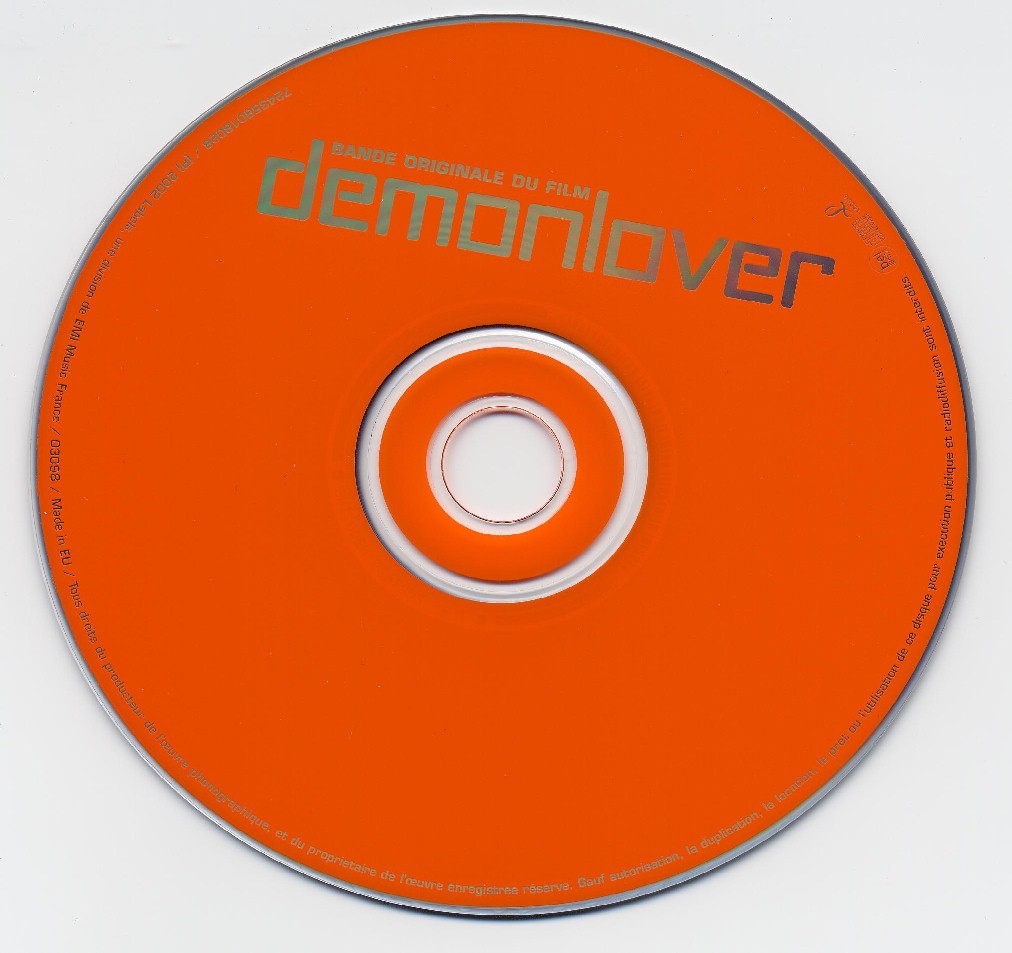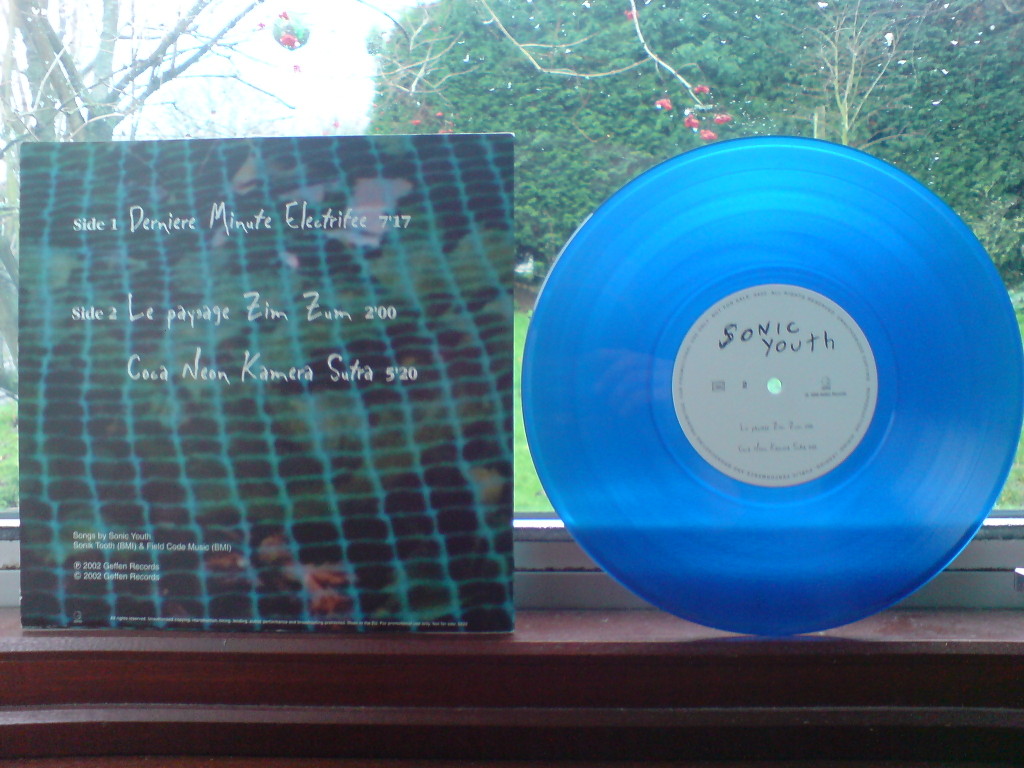

Immunoelectron micrographs showing Shh immunolabeling at synaptic sites in: the CA1 stratum pyramidal (A,C), the CA1 stratum radiatum (B,D-G), the molecular layer of the dentate gyrus (H), and the CA3 stratum lucidum (I-M).

Upon closer examination, the postsynaptic Shh labeling appeared to be associated with pit-like structures, which were situated opposite or across from the presynaptic Shh labeling ( Fig. 1A).ĭistribution of Shh at the synapses in CA1, CA3, and dentate gyrus of the adult rat hippocampus.

Within both compartments, the Shh labeling was similarly distributed toward the side rather than the center of the synaptic junction ( Fig. 1A). Shh labeling was seen in the presynaptic compartment as well as in the postsynaptic compartment. Figure 1A is an example of an inhibitory synapse based on its symmetric appearance. Nevertheless, we found Shh labeling present in all of these synapses ( Fig. 1). Synapses from these regions exhibited different morphological characteristics. We examined several hippocampal regions that include the CA1 stratum pyramidal and stratum radiatum, the molecular layer of the dentate gyrus, and the CA3 stratum lucidum. 10, 15, 18, 19īecause of the preferential distribution of Ptch and Smo in the postsynaptic terminals of hippocampal neurons, 17 we wondered whether Shh also was located near or at the synapse. The 5E1 antibody was generated against the N-terminus of Shh (aa1–198 of rat Shh) 18 and its specificity has been characterized. 17 We performed postembedding immunogold labeling (two animals) using monoclonal anti-Shh antibody (5E1 Developmental Studies Hybridoma Bank). We used the same hippocampal tissue samples from adult rats that were used in our previous ultrastructural analysis of Ptch and Smo. 17 Here, we studied the distribution of Shh protein within adult hippocampal neurons. 17 Multiple types of hippocampal neurons express Ptch and Smo, which are particularly concentrated in their dendrites, spines and postsynaptic terminals. We have recently described the subcellular distribution of Patched (Ptch) and Smoothened (Smo), the receptor and transducer for Shh respectively, in hippocampal neurons of adult rats. 14 - 16 However, where Shh signaling takes place in these mature neurons and how Shh signaling affects them remain largely unknown. 13 Evidence has indicated that Shh and its signaling components also exist in mature neurons, neurons that do not have progenitor properties. 4 - 8 The other is to promote axon growth of young neurons, which include spinal cord commissural neurons, 9, 10 retinal ganglion cells, 11 olfactory sensory neurons, 12 and midbrain dopaminergic neurons. One is to stimulate the production of stem/progenitor cells, which include granule cell precursors in the young cerebellum 1 - 3 and neural stem cells in the specific brain regions of the adult brain. Sonic hedgehog (Shh) plays at least two important roles in the nervous system. Thus, our subcellular map of Shh and its receptors provides a foundation for elucidating the functional significance of Shh signaling in mature neurons. Synaptic and dendritic Shh often reside in or are associated with vesicular structures that include dense-cored vesicles, synaptic vesicles, and endosomes. In postsynaptic terminals, Shh is mostly located on the side of the synaptic junction. In presynaptic terminals, Shh is located either at the center or on the side of the synaptic junction. We find that Shh is present in both presynaptic and postsynaptic terminals. In this study, we describe the distribution of Shh protein in these adult hippocampal neurons. Using immunoelectron microscopy, we have recently demonstrated the postsynaptic distribution of Patched (Ptch) and Smoothened (Smo), the receptors for Shh, in hippocampal neurons of the adult rat brain. Sonic hedgehog (Shh) regulates neural progenitor cells in the adult brain but its role in postmitotic mature neurons is not well understood.


 0 kommentar(er)
0 kommentar(er)
